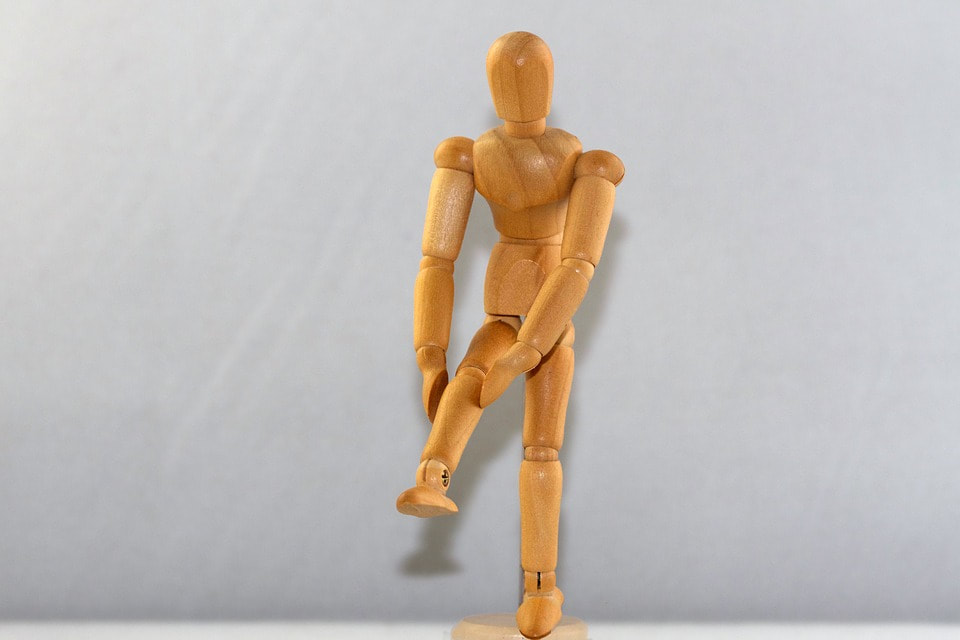TENDINITIS OR TENDINOSIS?
WHY IT MATTERS
So, if “itis” (inflammation) is not the primary cause of most of what we today refer to as ‘tendinitis’, what is? Medical Research has shown us that the primary culprit is something called “osis”. Thus the name, “tendon – osis” (tendinosis). But this begs the question, what is osis? The suffix “osis” indicates that there is a derangement and subsequent deterioration of the collagen fibers that make up the tendon. The truth is, even though doctors still use the term “tendinitis” with their patients, look on your EOB and you’ll see that their AMA-mandated Diagnosis Codes almost always indicate that the problem is “tendinosis” or “tendinopathy” (tendinopathy indicates an unspecified tendon problem).
Is the differentiation between “tendinits” and “tendinosis” really that important, or am I simply “splitting hairs” and making a big deal out of nothing? Instead of answering that question myself, I will let one of the world’s preeminent orthopedic surgeons and tendon researchers answer it for me.
|
“Tendinosis, sometimes called tendinitis, or tendinopathy, is damage to a tendon at a cellular level (the suffix “osis” implies a pathology of chronic degeneration without inflammation). It is thought to be caused by micro-tears in the connective tissue in and around the tendon, leading to an increased number of tendon repair cells. This may lead to reduced tensile strength, thus increasing the chance of repetitive injury or even tendon rupture. Tendinosis is often misdiagnosed as tendinitis due to the limited understanding of tendinopathies by the medical community.” Tendon researcher and orthopedic surgeon, Dr. GA Murrell from an article called, “Understanding Tendinopathies” in the December 2002 issue of The British Journal of Sports Medicine.
|
Unfortunately, if you are dealing with a chronic tendinopathy, you are probably being treated using a model that is at least 25-30 years behind the times as far as the medical research is concerned (HERE)! You think not? Read what Dr. Warren Hammer, board certified Chiropractic Orthopedist (in practice since the late 1950′s), had to say about the subject in a 1992 column from Dynamic Chiropractic:
|
The American Academy of Orthopedic Surgeons has provided a new classification of tendon injuries…. In the microtraumatic tendon injury the main histologic features represent a degenerative tendinopathy thought to be due to an hypoxic [diminished oxygen] degenerative process. The similarity to the histology [study of the cells] of an acute wound repair with inflammatory cell infiltration as in macrotrauma seems to be absent. A new classification of tendon injury called “tendinosis” is now accepted.
“Tendinosis” is a term referring to tendinous degeneration due to atrophy (aging, microtrauma, vascular compromise). Histologically there is a non-inflammatory tendinous degeneration due to atrophy (aging, microtrauma, vascular compromise), as well as a non-inflammatory intratendinous collagen degeneration with fiber disorientation, hypocelluarity, scattered vascular ingrowth, and occasional local necrosis or calcification. |
If your doctor is still treating you for tendinitis and not tendinosis (using NSAID medications and CORTICOSTEROIDS), he / she is caught in a time warp. Anti-inflammatory drugs are known to deteriorate collagen-based tissues (this is why they are — or should be — rationed by your doctor). Plainly stated, the vast majority of tendinopathies are not inflammatory conditions (itis)! They are tissue derangements that wind up causing degeneration of the collagen fibers (osis)! For information about effectively treating tendonosis, visit our page specifically dedicated to helping people with all sorts of TENDINOSIS.

